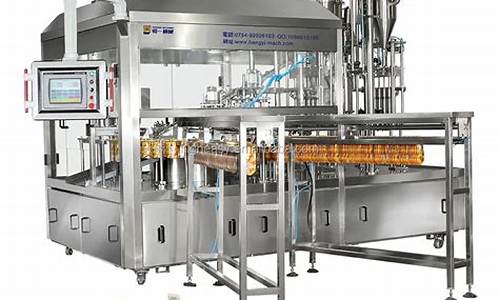Tomato juice filling machines play a crucial role in the beverage industry, ensuring efficient and hygienic packaging of tomato juice products. These machines are designed with specific functionalities that cater to the unique requirements of filling tomato juice into containers seamlessly.
Precision Filling Capabilities
One of the primary functions of a tomato juice filling machine is its ability to fill containers with precise volumes of juice. This precision is essential to maintain consistency in product quality and meet regulatory standards. Modern machines use advanced sensors and automation technologies to ensure accurate filling levels, reducing wastage and maximizing productivity.
Hygienic Design and Material Compatibility
Ensuring the hygiene and safety of the filled tomato juice is paramount in the design of these machines. They are typically constructed using food-grade stainless steel, which is resistant to corrosion and easy to clean. The parts that come into contact with the juice undergo rigorous sanitary standards to prevent contamination and ensure the product remains safe for consumption.

Versatility in Container Handling
Tomato juice filling machines are versatile in handling various types of containers. Whether it's bottles, cans, or pouches, these machines can be adjusted to accommodate different shapes and sizes. This flexibility is crucial for manufacturers who produce tomato juice in a range of packaging formats to cater to diverse consumer preferences and market demands.
Automated Control Systems
Modern tomato juice filling machines are equipped with advanced automated control systems. These systems monitor and regulate the entire filling process, from the initial intake of juice to the sealing of containers. Operators can set parameters such as fill volume, speed, and sealing methods through user-friendly interfaces, optimizing operational efficiency and minimizing human error.
Conclusion
In conclusion, tomato juice filling machines are integral to the beverage industry, offering precise filling capabilities, hygienic design, versatility in container handling, and advanced automation. These functionalities not only ensure the quality and safety of tomato juice products but also enhance production efficiency and meet the stringent requirements of modern food processing standards. Manufacturers rely on these machines to maintain consistency in product output while adapting to market dynamics and consumer preferences. As technology continues to evolve, tomato juice filling machines will likely incorporate more innovations to further improve performance and sustainability in beverage production.






























